Lowering methane emissions from
livestock while increasing yields
The Story

Asparagopsis, a genus of red algae, had the extraordinary ability to reduce methane production in cattle by as much as 99%. It was found to contain a high amount of bromoform that was particularly well suited to reducing methane production in the gut of ruminant animals. Better yet, this result was achieved by adding as little 0.4% of asparagopsis to the total feed. The implications were profound. Cattle are agriculture’s leading contributor of greenhouse gases. The ability to reduce those emissions by such a significant amount would have ramifications across the entire industry.
Here was an extraordinary opportunity to create lasting change in one of the world’s most carbon intensive sectors. The problem of global warming can’t be solved by simply turning off demand. We need to find solutions in the supply chain with a rapid shift to more sustainable methods of production if we’re able to meet the current goals set out in the Glasgow COP 26 conference.
CleanEyre Global, seeing the extraordinary opportunity that Asparagopsis offered the sector, began investigating the best possible way of cultivating this seaweed at scale. We were looking for the most efficient route to practical application by taking advantage of existing technologies and infrastructure within a location that was ideally suited to the Asparagopsis lifecycle. We understood that the best way to turn this “magic bullet” into genuine, sustainable change was to bring the benefits to market at scale in an easily implemented product that was at a price point which made its wide scale adoption the smart choice.

There are two main varieties of Asparagopsis, Armata which grows in temperate waters and Taxiformis which prefers tropical and subtropical waters. There’s only one place in the world where both varieties grow. South Australia’s Eyre peninsula. As France’s “Burgundy” region is to wine, the Eyre Peninsula is to seaweed cultivation, a location that offers the high salinity, high calcium waters that Asparagopsis thrive in. There could be no better environment for researching cultivars of this algae. But what makes this place even more appealing was the large scale shellfish industry that had already put in place the infrastructure needed for the cultivation of algae. With hatchery facilities in Franklin Harbour and Coffin Bay, the opportunity to successfully propagate and access producers at scale led to the development of CleanEyre Global.



